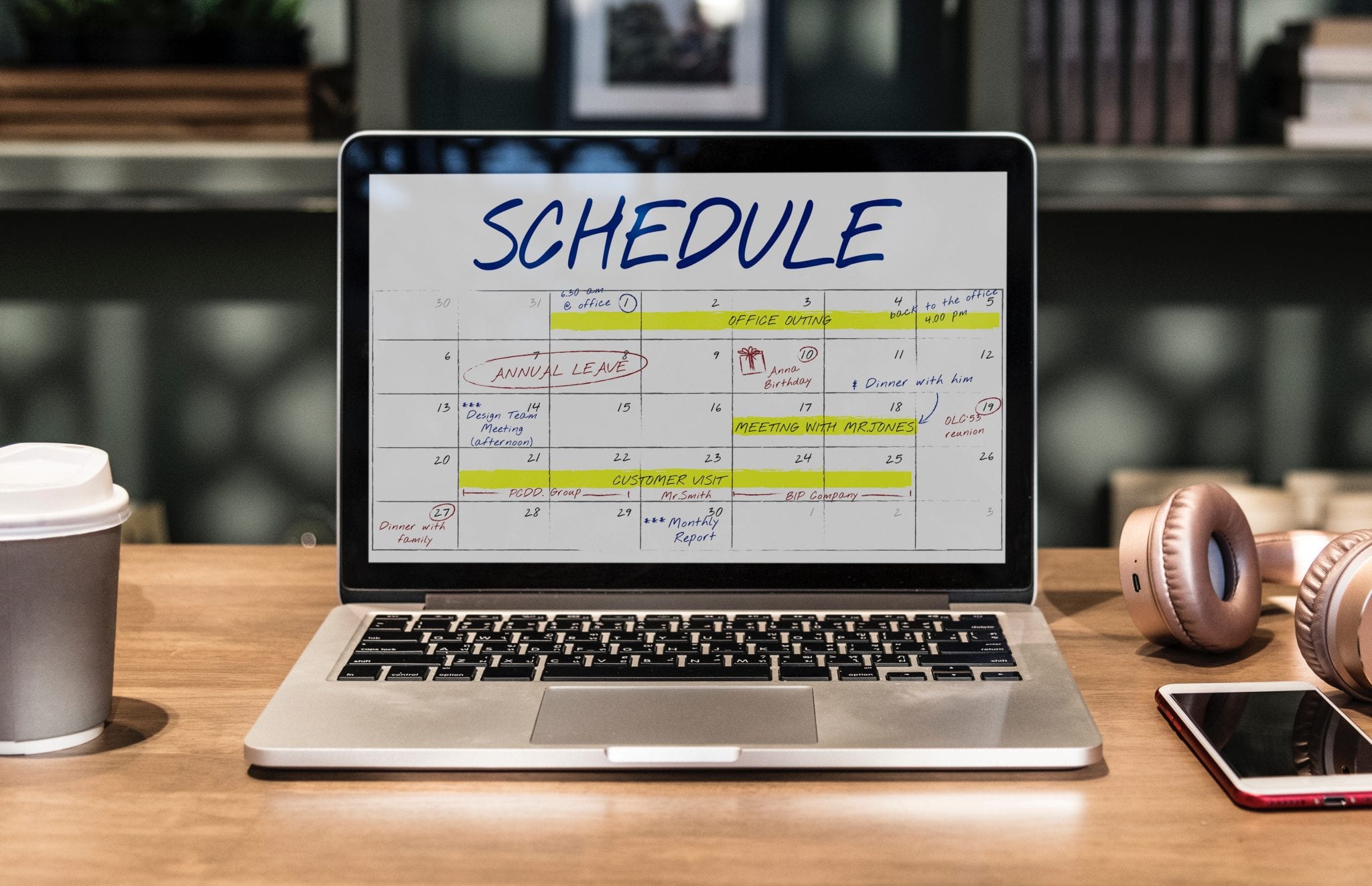
It’s that time of year again — the weather is cooling down, and leaves are starting to change colors. Fall is here, and you know what that means? Football. And what better way to enjoy the sport than hosting the best tailgating party ever?
You might think hosting a tailgate party is easy. All you have to do is show up and eat, right?
Not necessarily. A great deal goes into throwing a tailgating party, and it’s essential to be organized. In this article, we list six tips to help you plan an unforgettable tailgating party this fall.
1. Pick a date.
The earlier you start planning your tailgate party, the easier it’ll be. Remember, you’re dealing with other people and need to give them enough notice to plan accordingly. You also want to make sure you have enough time to organize everything. From what foods to make to what decorations, you must have a plan in place before diving right in.
A good rule of thumb is to start planning your party about eight weeks before the event.
So, first things first, pull up your calendar and find a time that works for you. Luckily, tailgating season is several weeks long, so you can pick and choose what game day you want for your party. Or maybe you want to host the tailgate every game day? Then you really want to start planning early.
Once you have the date, figure out who you want to attend your party. Some people prefer creating a guest list first, so they can work with other attendees on finding the perfect date. However, if you prefer this method, ensure you aren’t relying too heavily on other people’s opinions. After all, you’re hosting the tailgate and should have the final say on when it’s held.
2. Get the tickets.
Buying your game day tickets is crucial to preparing for tailgate season. After all, it’s not a tailgate without a football game.
So to ensure you and your friends get good seats together, start looking for tickets early. This is especially true if you’re trying to attend a post-season game. Those are known to sell out fairly quickly.
You also want to take into account who’s playing. For example, some teams have a large fanbase, which could cause an increase in ticket prices and the speed at which they sell out.
There are a few tips you should know when shopping for tickets. For one, look at afternoon games rather than night games as they tend to be more expensive. You also want to look at third-party websites, like Stubhub, as those tickets can be cheaper.
A lot of people recommend waiting until the last minute to buy tickets. While tickets can drop in price the closer it gets to the game, the seat choice will be limited. So if you want great seats, start looking earlier rather than later.
3. Send out invitations.
If you’re hosting a tailgate party, aim to send out your invitations no later than four weeks before the date. That should be enough time for attendees to determine whether they can attend.
Speaking of which, it’s a good idea your invitation includes a request that the guest RSVP by a specific date. This can help you and the guests plan accordingly.
There are several ways you can send out invitations. You can mail a physical invitation or send a digital one via email. Opting for the ladder can save you time and cost. If you have your guest’s email addresses, simply create a calendar invitation on Gmail.
Make sure you label the invitation accordingly so there’s no confusion. For example, “Tailgate Party.” Then, add your guest’s email addresses. There is also a space where you can provide additional notes, like potluck instructions, addresses, etc. The more information you share, the smoother the event will go. Make sure you double-check the information you provided is accurate before hitting send.
4. Find a location.
Once you have your ticket, look at where the game is held. Typically, tailgate parties are held outside the venue. Make sure you know how big the parking lot is and have a good idea of where your group will be.
Remember that deciding on your spot is just the first step — you need to claim your spot on game day. To do that, you will want to wake up early (depending on what time the game starts) and drive to the venue. It’s a good idea to arrive with a couple of your fellow tailgaters so that you can block off your spot with multiple cars.
Be sure to bring something noticeable on the day of, so the rest of your group can find you. Maybe bright-colored balloons or a streamer. Whatever it is, make sure you include how to see you on the invitation.
5. Bring furniture.
Who said you must stay in your car or stand around during a tailgate? No one!
Consider bringing some pop-up furniture to ensure you and your guests are comfortable — for instance, a canopy tent, a foldable table, and maybe a few foldable chairs. Not only does this give your fellow tailgaters a place to rest, but it can help define your space.
Having a few foldable tables can make serving and preparing food easier. It gives you a designated area to set up, regardless of how much food and drinks you plan on having.
Foldable furniture, like a tent, can protect you from the weather. Because let’s face it, September can be unpredictable, depending on where you live. The last thing you want is a little rain or snow to get in your way of a good time.
Remember, you can always request your guests bring their own foldable furniture to the tailgate. Include “bring foldable furniture” in the calendar invitation.
6. Portable is better.
Is this your first time hosting a tailgate party? Then you’re probably wondering how to transport your food and drinks from your house to the actual tailgate.
There are several ways you can go about this, depending on the type of car you’re bringing. For instance, if you have an RV, you might plan on cooking your food there, taking advantage of the fridge and counter space.
On the other hand, let’s say you’re just bringing a regular car or SUV. Since you don’t have a kitchen, you should prepare your food at home. Then, transport it using Tupperware, reusable bags, etc. If you have hot food, consider using glass containers as they hold heat better than plastic. Wrapping hot food in foil can also help keep it warm.
To keep your drinks chilled, consider purchasing a cooler if you don’t already have one. Coolers are also a convenient way to move food and beverages from one place to another. And they come in different sizes to fit your specific needs.
Are you hosting a tailgate party this fall? From the food to the camaraderie, tailgates are an excellent way for sports fanatics to get together and have a good time.
That said, hosting a party can come with some challenges, especially a tailgate party. You have to worry about finding a spot and how to transport food. Luckily, the tips above can help you organize the best tailgating party.
How to Organize Your Best Tailgating Season Yet was originally published on Calendar.com by Abby Miller. Feature Image Credit: FreePik.com. Thank you!









